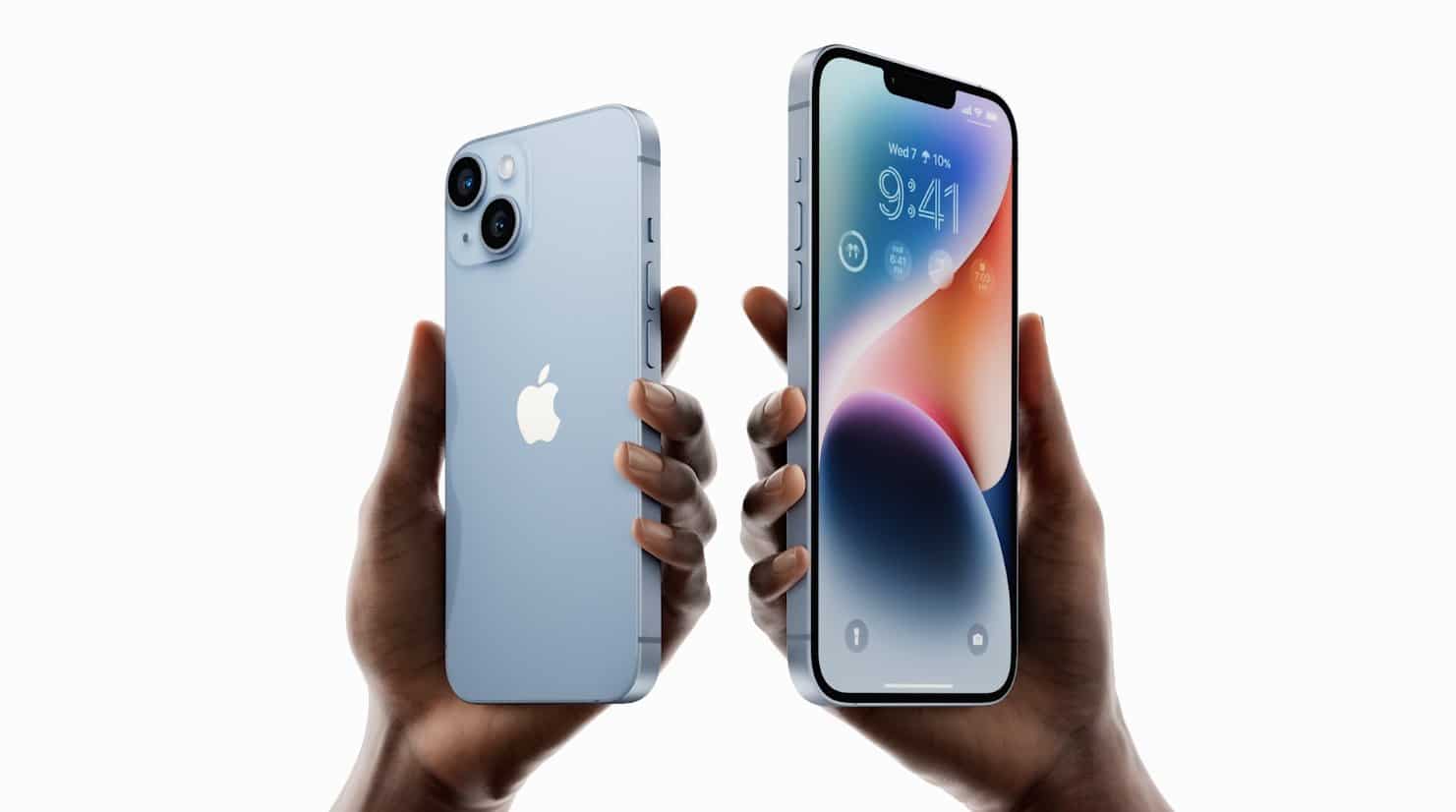
Unlike many other iPhone models, iPhone 14 and iPhone 14 Plus feature glass panels on the front and back that can be removed without taking the entire iPhone apart.
The reports from TechCrunch and CNET suggest that the removable back glass panel will lead to easier iPhone 14 and iPhone 14 Plus repairs. As a matter of fact, this is the first time that an iPhone can be opened from the back since the iPhone 4S.
TechCrunch’s Matthew Panzarino noted the change, saying that “the iPhone’s back glass can now be replaced without having to disassemble the phone, something that was not possible before.” The same has also been observed in early teardowns.
The iPhone 14 and iPhone 14 Plus need to be disassembled from the back cover. No need to dismantle the screen. Be careful not to break it. pic.twitter.com/DSRw2H8PV3
— DuanRui段锐 (@duanrui1205) September 15, 2022
Currently, there is no supporting evidence that iPhone 14 Pro and iPhone 14 Pro Max also have an easily removable back glass panel. It seems as if the change is limited to the standard models only.
For those wondering about the cost of the repair, Apple will charge $169 for replacing broken back glass on the iPhone 14 and iPhone 14 Plus, respectively. AppleCare+ coverage for the iPhone reduces the fee to $29 for both models. These fees, however, may vary at Apple Authorized Service Providers.
To replace the backs of iPhones with flat-edged designs, particularly iPhone 12 and iPhone 13, Apple Stores and Apple Authorized Service Providers have to open up iPhones from the display side and disassemble components. This involves disassembling the components, and installing the “iPhone Rear System” part, which includes all the components except the display and rear camera of an iPhone.
On the other hand, to repair iPhone 11 and older models with cracked back glass, Apple completely replaced the device. There was, in fact, no method to repair/change the glass officially. The new glass back not only makes it not easier for service centers to repair the iPhone 14, but it’s also quite cost and environmentally friendly.
Source: TechCrunch, CNET
